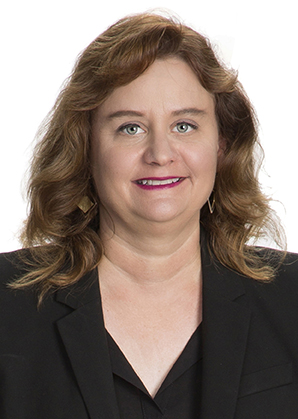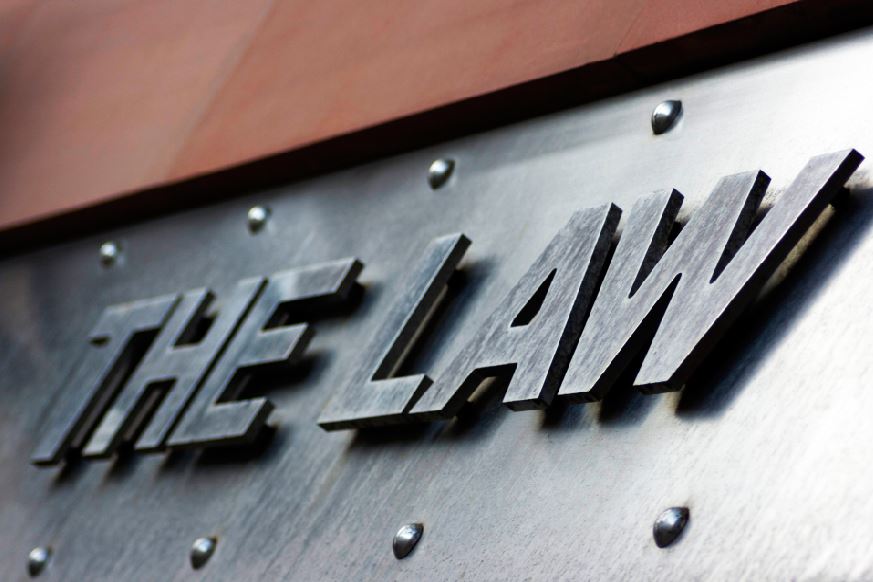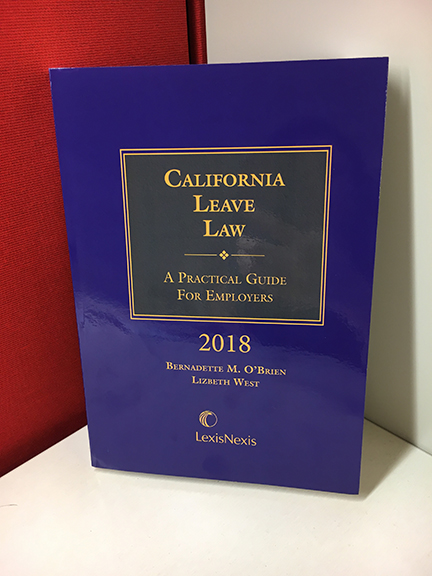Brendan Begley Presents at Employment Litigation 2019
- When: Feb 23, 2019
Brendan Begley will be speaking at The Rutter Group and the California Judges Association’s Employment Litigation 2019: Facing Workplace Realities in Divisive Times on Saturday, February 23, 2019 at Hilton Los Angeles/Universal City.
Highlights include Sexual Harassment and Retaliation, Wage and Hour, PAGA, New California Rules of Professional Conduct (eff. 11/1/18), A Conversation with Calif. Supreme Court Justices Ming W. Chin and Leondra R. Kruger.
Brendan spearheads the firm’s Appeals and Writs group and is a member of the firm’s labor and employment, litigation, and trust, probate and elder abuse litigation groups. He is an Appellate Law Specialist certified by the State Bar of California Board of Legal Specialization.
More information on this seminar can be found here.





